Why do strawberries have red leaves and what to do?
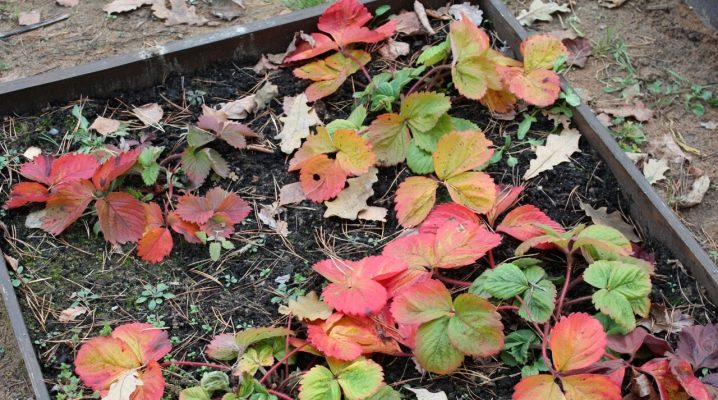
Reddening of strawberry leaves can be both an absolutely natural process and a symptom of a rather dangerous disease. However, timely preventive maintenance allows plant breeders to avoid facing this kind of problem.
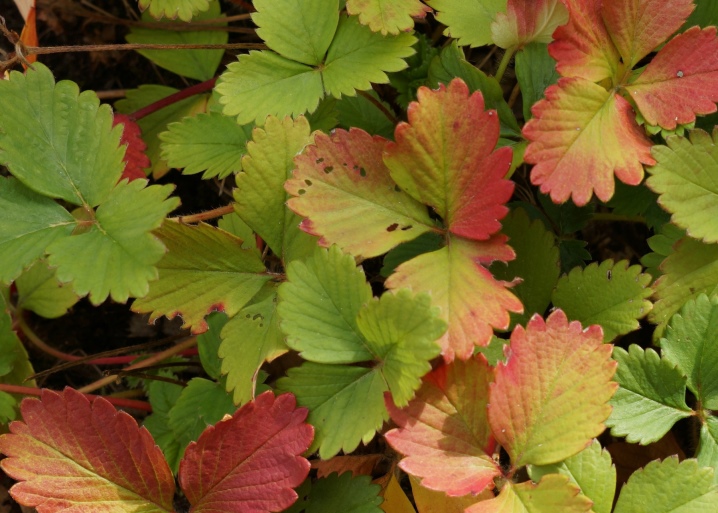
Main reasons
Reddening of leaves in strawberries can be triggered by a variety of reasons. For example, this happens due to brown spot - a fungal disease also known as strawberry rust. It appears with improper care and in the case of thickening of the plantings, when spores from the air are fixed on the warm and moist part of the plant. This microscopic fungus affects not only the leaf blades, but also the stems and berries of the culture.
Small specks of brown that appear on the surface gradually merge into a single formation, as a result of which the berry bush acquires a red-brick hue and begins to look burnt. Soon, diseased specimens dry up altogether.

With brown spotting, the leaves first get sick - brown spots with a red edge appear on their surface. Gradually, they merge and paint the entire shrub, including the petioles, whiskers and young rosettes, in a bright color.
With white spotting, the leaves are "decorated" with brownish formations, gradually acquiring a red border. They briefly "linger" in this state and turn white over time. With verticillary wilting, old leaves can also turn red.
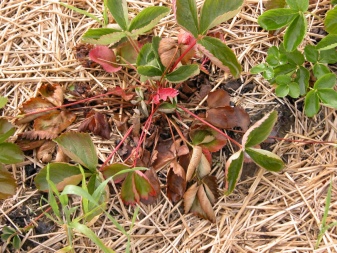
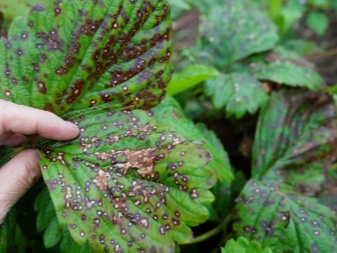
Strawberry leaves turn red and with insufficient concentration of any element in the soil. For example, nitrogen deficiency affects the state of mature leaf blades most clearly. When a nutrient "leaks" from old leaves to new ones, it leads to a discoloration of the former. Usually, a garden berry bush does not turn red in parts, but as a whole.
With a phosphorus deficiency, the dimensions of the leaf blades decrease, and their color gradually changes. At first, the whole plant takes on a dark green color, and then the top of the leaves darkens and seems to be covered with metal, and the bottom turns red-purple. In cold conditions, bushes suffering from a lack of phosphorus acquire a red color.
With a lack of potassium in the soil, the edge of the leaves first gets a reddish tint. Further, the entire plate gradually changes color, including the veins.
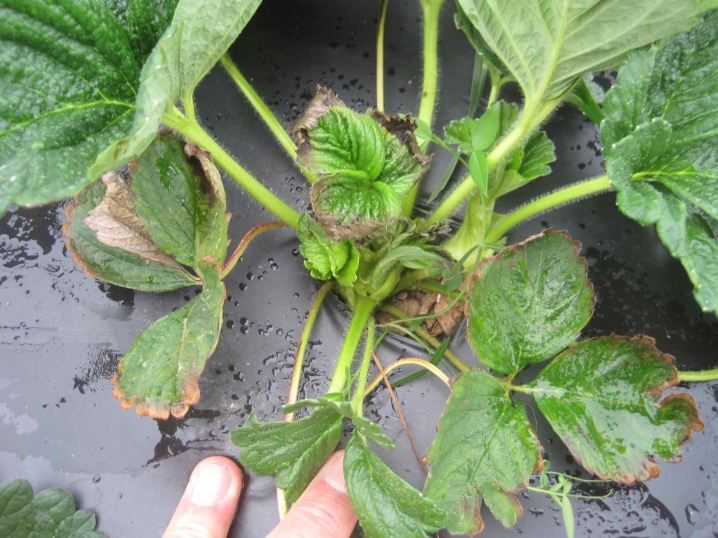
If the bush began to darken, gradually turning into burgundy, then perhaps all the fault is the low acidity of the soil. For strawberries, the optimal pH level is 5.8-6.5 units. Too low a pH level leads to the release of toxic manganese and aluminum, which, in turn, slows down the development of the plant and prevents it from absorbing nutrients efficiently. Color change is one of the consequences of the ongoing processes.
A violation of the acidity level is also indicated by a slowdown in stem growth and general wilting. You should be wary, and if the tips of the bush dry. By the way, the increased acidity of the soil can also lead to reddening of the leaves.
I must say that in the fall or even at the end of August, the reddening of the berry bushes is absolutely normal.
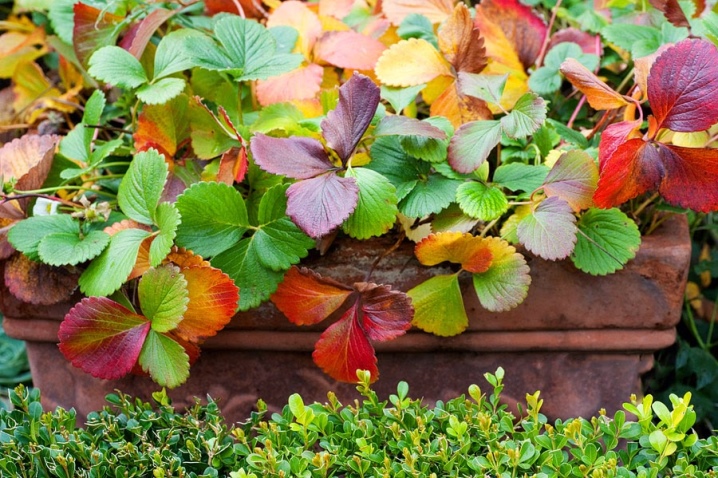
When the length of daylight decreases, the plant begins to break down chlorophyll, resulting in red leaves. First, old processes lose their color, and then young ones.Closer to winter, almost the entire bush, with the exception of the "heart", may turn red.
The appearance of reddish leaves is sometimes detected after a culture transplant. This happens due to an incorrectly chosen place or a violation of the conditions for the construction of a culture. So, direct sunlight will lead to burns, that is, to the appearance of areas of red-brown color.
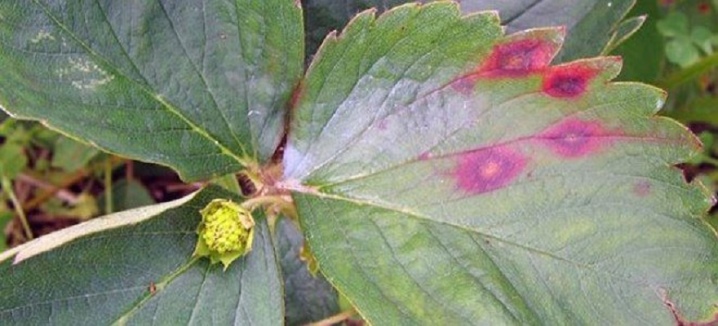
If only the lower leaves of the strawberry turn red, the problem may be in poorly developed roots. The plant must be dug up and carefully examined: a weak and poorly expressed root system will be the reason that the culture does not absorb nutrients from the soil.
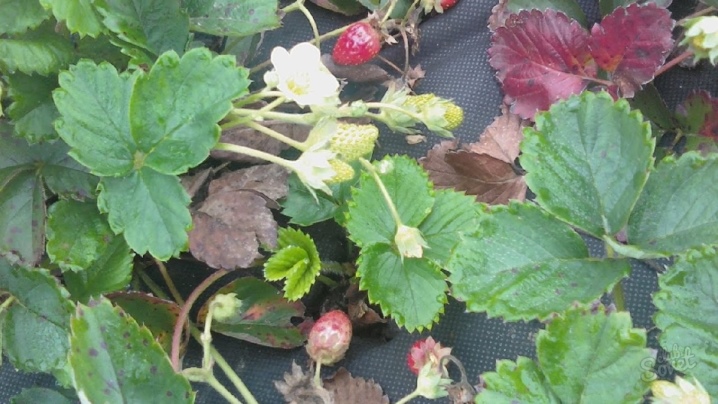
Ways to deal with the problem
Culture treatment is selected depending on the identified problem... For example, if the berries lack nitrogen, then you don't have to do anything special. Red leaves will need to be cut off immediately to allow green leaves to grow, and then all that remains is to add nitrogen-containing fertilizers to the soil. It would be good to mulch the nourished soil immediately using sawdust.
To normalize the nitrogen level, you can use a diluted solution of manure or droppings, or a tablespoon of ammonium nitrate diluted in a bucket of water.
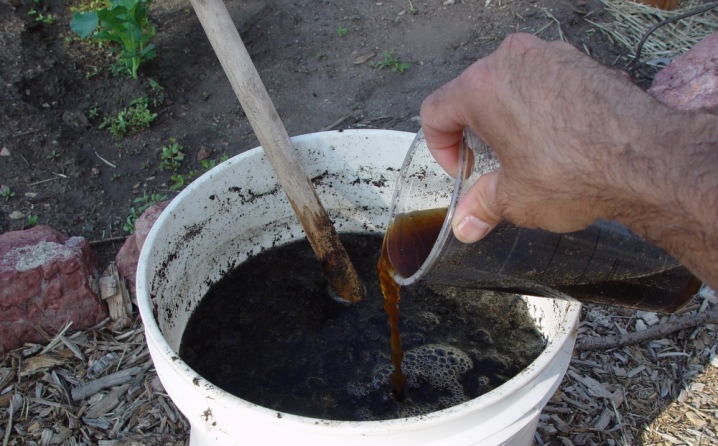
Feeding should be carried out in the amount of 3-4 pieces, maintaining an interval of about two weeks. The last nitrogen fertilization accompanies the extension of the peduncles.
When adding phosphorus, it is important to remember that this substance will not be absorbed without the presence of nitrogenous compounds in the soil. This means that even regular sprinkling of the beds with exclusively stove ash will not be beneficial. To maintain the balance of substances necessary for strawberries, it is recommended to alternate mineral complexes with organic matter. If fertilizers have never been applied, then first in the fall the land is fed with superphosphate diluted in water, and in the spring, nitrogen fertilizers are introduced twice.

It is much more difficult to treat any spotting. First of all, all the affected leaves are cut off and burned, and the mustache breaks off. Planting material should not be collected this year.
It will be necessary to poison the fungus not only on the infected specimen, but also on all its "neighbors". Copper sulfate, Bordeaux liquid, "Fundazol", "Ridomil" and "Skor" show themselves well. All of them contain copper, which suppresses the activity of the fungus. Each leaf blade must be processed on both sides.
During the growing season, strawberries are able to retain toxic substances inside, and therefore it is better to replace chemical preparations with biofungicides: "Albit", "Fitosporin" and "Trichodermin". If the spots have already covered most of the strawberry bush, then it will have to be removed. Affected specimens are dug up and burned away from the strawberry patch. The remaining plants are treated with Oxyhom, Falcon or Euparen.
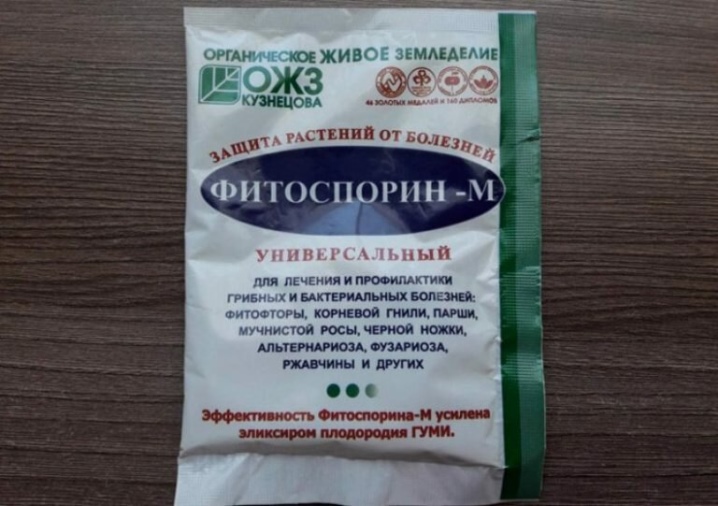
It is also proposed to use a folk recipe to combat spotting.... To do this, 5 grams of potassium permanganate, 10 milliliters of iodine, 4 teaspoons of soda and 25 grams of soap shavings are added to 10 liters of water heated in the sun. A well-mixed mixture is used to spray each leaf. Homemade preparation is allowed to be used at any stage of the growing process. Another popular recipe requires the preparation of a strong decoction of onion peel.
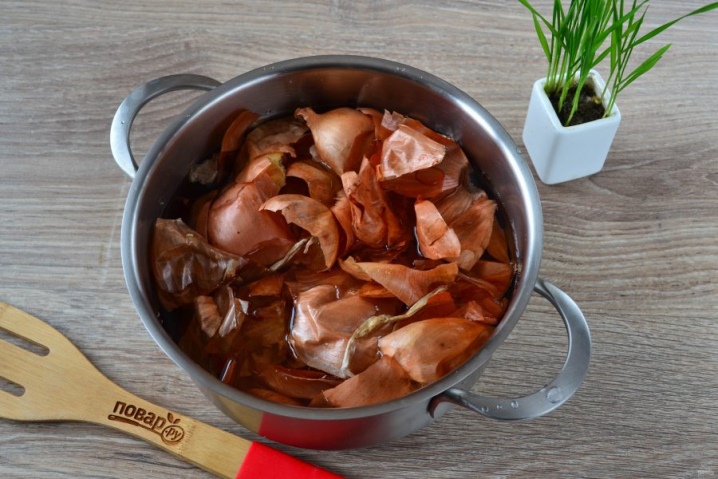
Prevention measures
To prevent infestation by brown, brown or white spots, planting is recommended to regularly thin out, avoiding thickening, as well as to pull out weeds in a timely manner. Immediately, it is required to free the strawberries from dried or diseased leaves, on which fungal spores could remain. It is important that the crop has the opportunity to be well ventilated, especially after rainfall or abundant irrigation.
Also, to prevent any spotting, spraying is carried out, organized immediately after the snow melts.
To do this, you can use a three-percent Bordeaux liquid, a liter of which is used for irrigation of 10 square meters, as well as purchased preparations "Topaz", "Skor" and "Vectra". At the same time, the bed can be scalded with water heated to at least 55 degrees, a hot solution of potassium permanganate or a heated solution of copper sulfate.
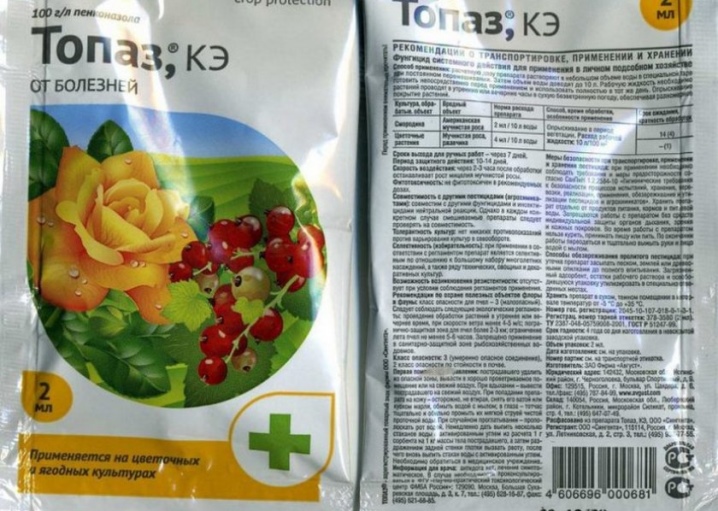
Before the onset of the cold season, the beds are thoroughly cleaned of fallen leaves. Treatment of plantings with "Fitosporin" is considered an effective preventive measure. It not only strengthens the immune system of the culture and fights against fungus, but also has a positive effect on the development of strawberries.
Irrigation of strawberries should be timely, but not excessive. By the way, preventive treatment with Bordeaux liquid can be carried out several times per season. It is customary to do this when the first buds grow, then 10 days later and, finally, just before wintering, when all the fruits have already been harvested. I must say that the choice of resistant varieties and their placement in a bed with good drainage are also considered reliable prevention of any fungal diseases.
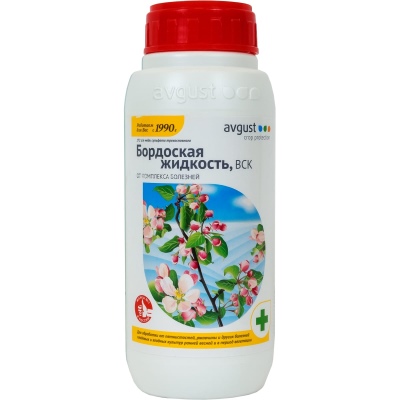
In order for the nutrient content of the soil to always be normal, the land is required timely feed with fertilizers containing the substances necessary for strawberries. It is customary to use Azofoska in spring and early summer. Granules can be diluted in a liquid, which is then used for irrigation, or embedded in the soil in the amount of 25-35 grams of the product per square meter. The first half of the season is also suitable for enriching the soil mixture with nitroammophos.
The substance is either poured into the gaps between the bushes in the amount of 10 grams per square meter, or the matchbox of granules is diluted in 10 liters of water.
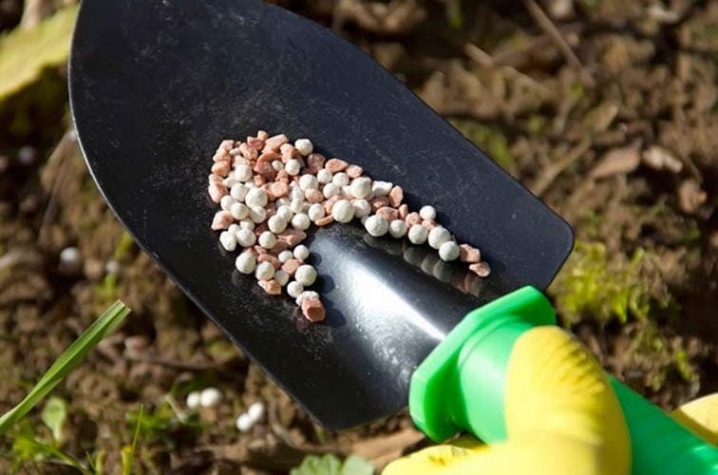
It will turn out to make the soil more saturated with nitrogen if you plant green manures on a strawberry bed in advance: mustard, lupine and clover. When the plants bloom, they will need to be embedded in the ground, and next spring it will be possible to plant strawberries on the treated area. It is allowed to fertilize the bed with superphosphates three times per season. A substance in the amount of 35 grams is best supplemented with a glass of fly ash and a liter of cow dung diluted with 7 liters of water.
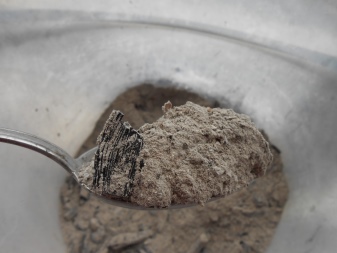
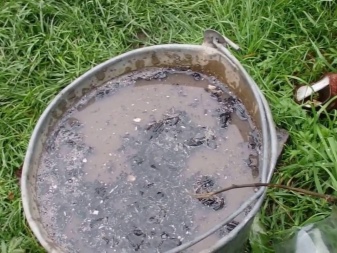













The comment was sent successfully.